Session 2 started at the US Joint Forces Command in Norfolk. Later that afternoon we went to the Langley Air Force base to get up close to an F-22 Raptor, a relatively new, high-tech, and expensive (about $340 million per) fighter jet. Pretty cool- unfortunately we couldn't take pictures. We were shown the plane by one of the six pilots who earlier this year experienced a major malfunction (no navigation or communication) when the plane crossed the International Date Line for the first time (more here).
The next day we visited the Naval Network Warfare Command in the morning. We then had a tour of the USS Monterey, a guided missile cruiser. Just about all the knobs, switches, dials, and buttons you'd imagine:

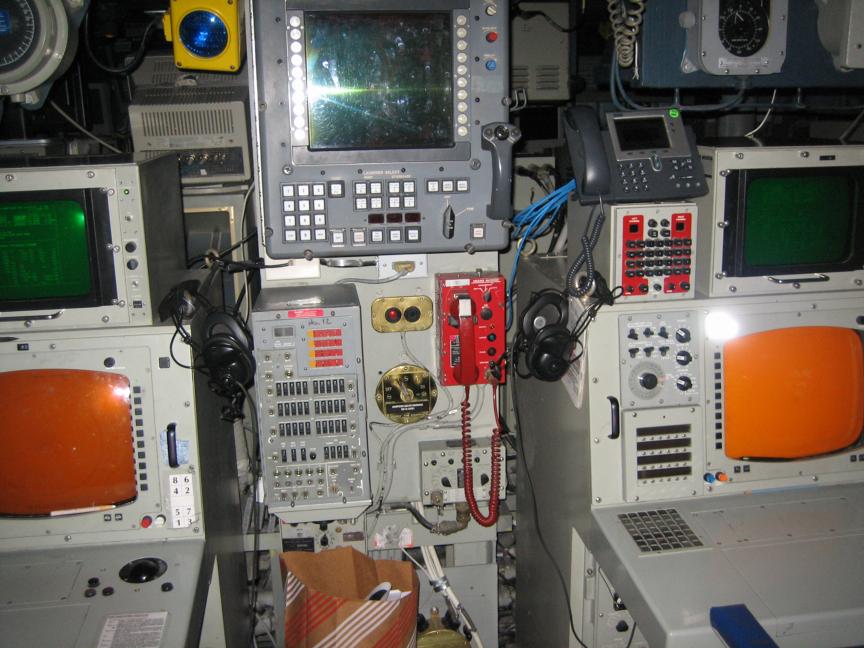


I like these cabinets with combination locks labeled "Confidential" and "Secret".
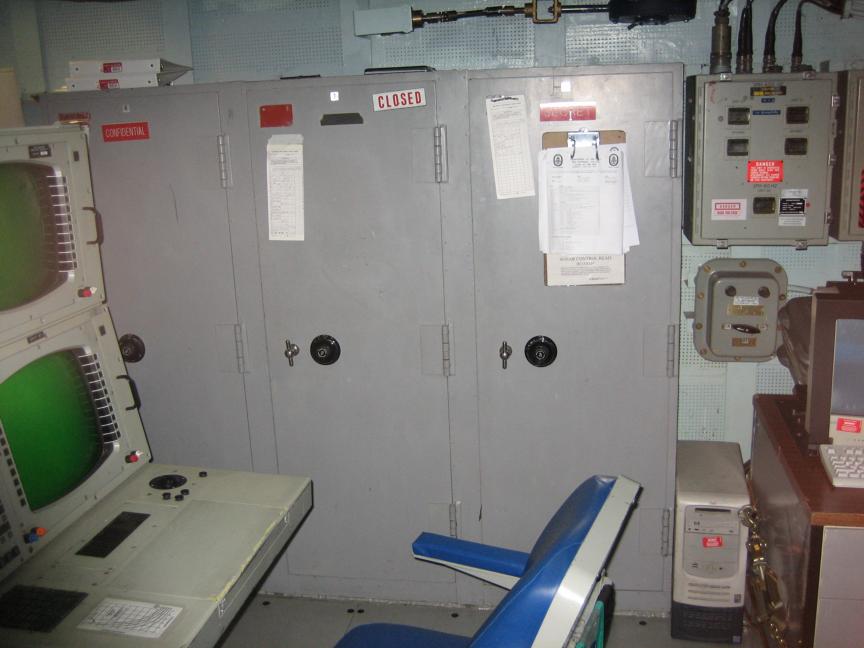
Main controls on the bridge- not exactly a single-button interface:





The big gun on the front can fire 5" shells of various types. The
hatches on the right open up to fire missiles.



Next we visited the USS Nassau,
a massive LHA (Landing Helicopter Assault) ship, which has a crew of
about 1100 and can transport 3000 marines as well as planes,
helicopters, tanks, trucks, etc.


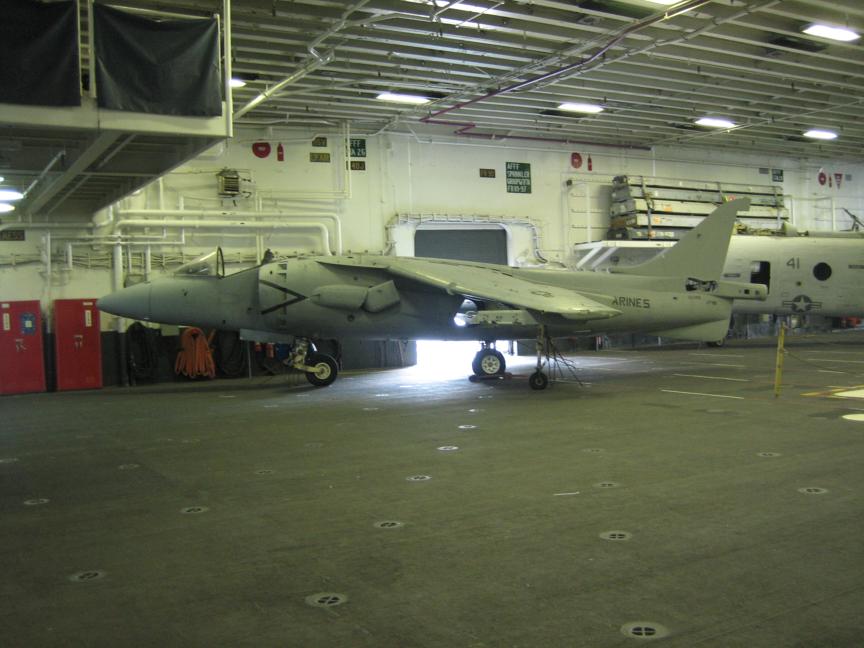
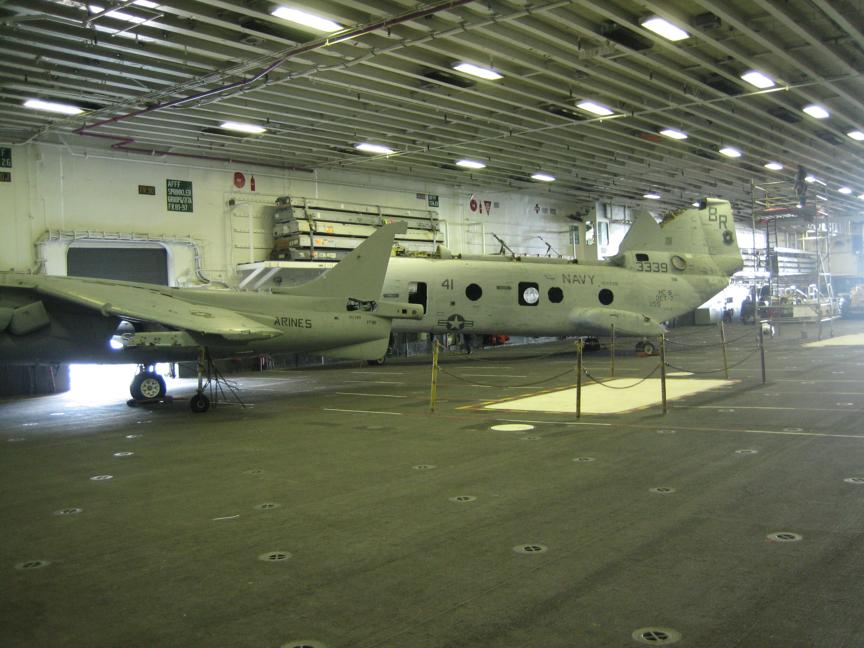
Finally, we toured the USS
Albany, a nuclear attack submarine. I was happy to see the Empire
State Plaza represented on the ship's
seal.

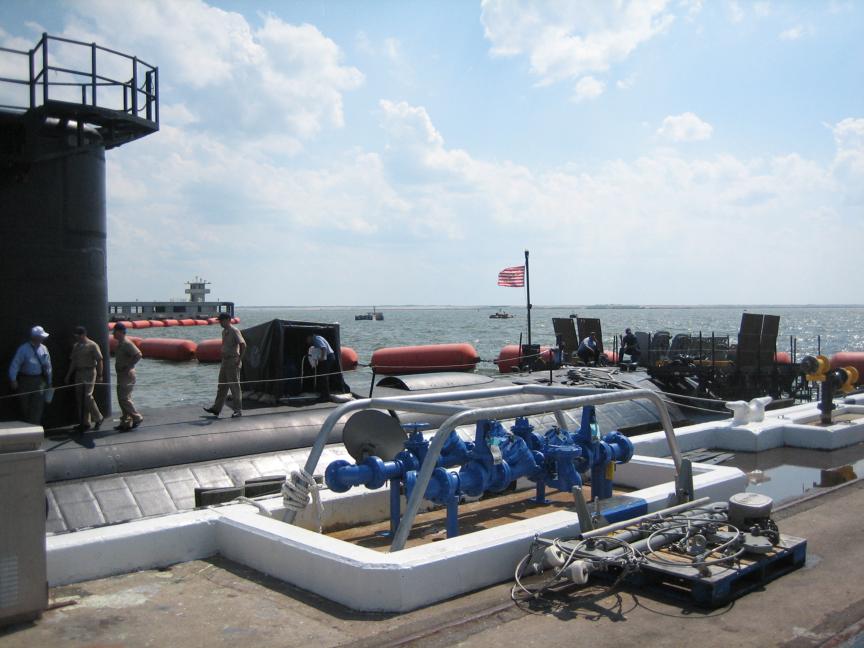
Thanks to Michael Youngblood for these pictures:


Next we took a KC-135
military refueling aircraft from Norfolk to Ft. Bragg in Fayetteville,
NC. Unlike commercial aircraft, this one had no climate control (very
hot on the ground, can get very cool in the air), and occasionally had a
strong jet fuel smell. It was super-noisy and required earplugs, and had no
frills (e.g. windows). Ours was outfitted with some simple coach-class
style seats. All that said, it was not at all uncomfortable while in
the air, and it was better than flying in a crowded cabin in coach!
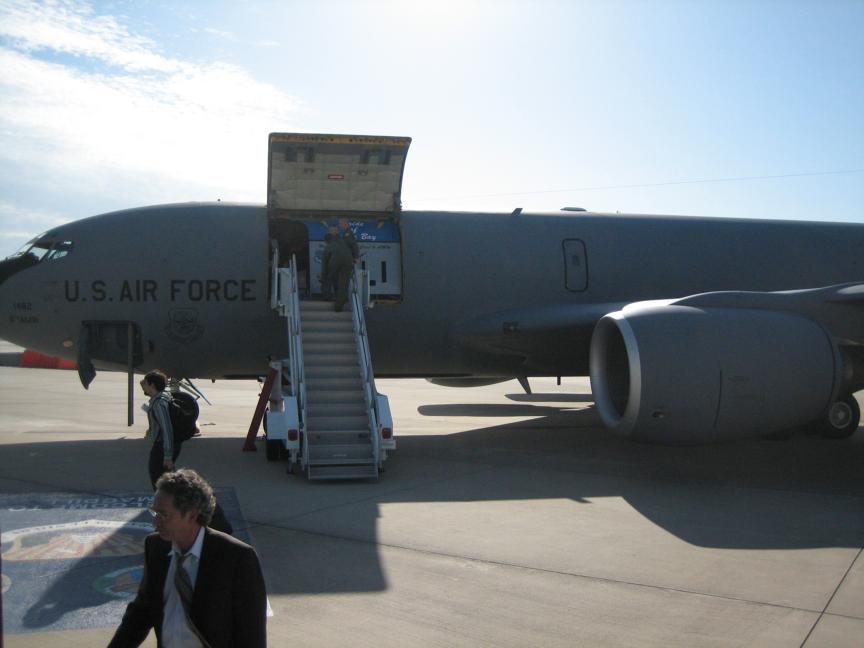




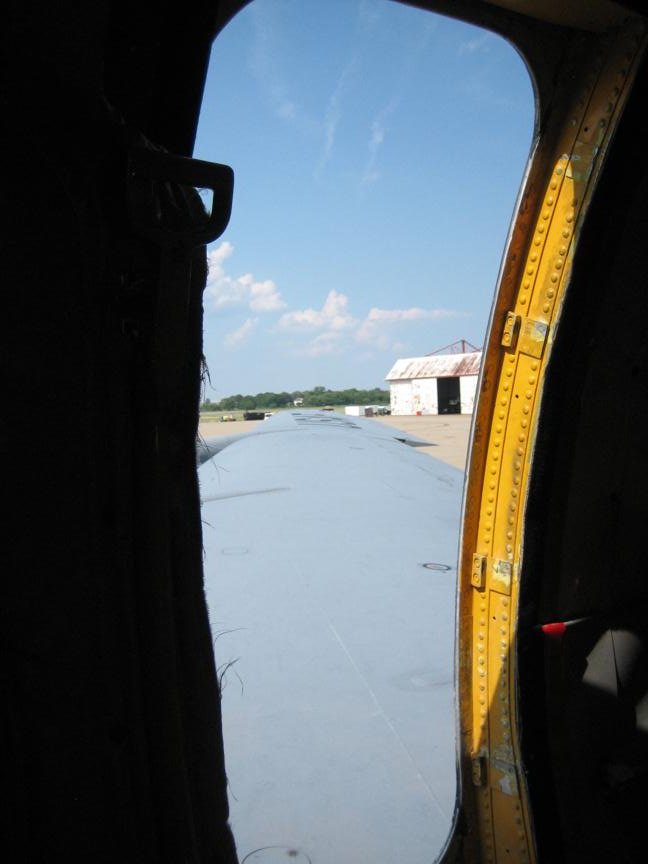

The centerpiece of the next day was the jump from the 34-foot training
tower at the Advanced Airborne
School at Ft. Bragg. Appararently 34 feet was decided to be a good
psychological threshold for screwing up the courage to jump. The tower
is along the lines of a fire tower you'd find in a national park. You
jump out the side, attached to a wire that runs down the course. At the
other end, you stick out your arms and legs and someone catches you and
guides you down a ladder. You're wearing a backpack and holding a front
pack that are meant to have the form factors of the main and backup
parachutes, but in real life jumpers carry something like 100 pounds of
stuff.

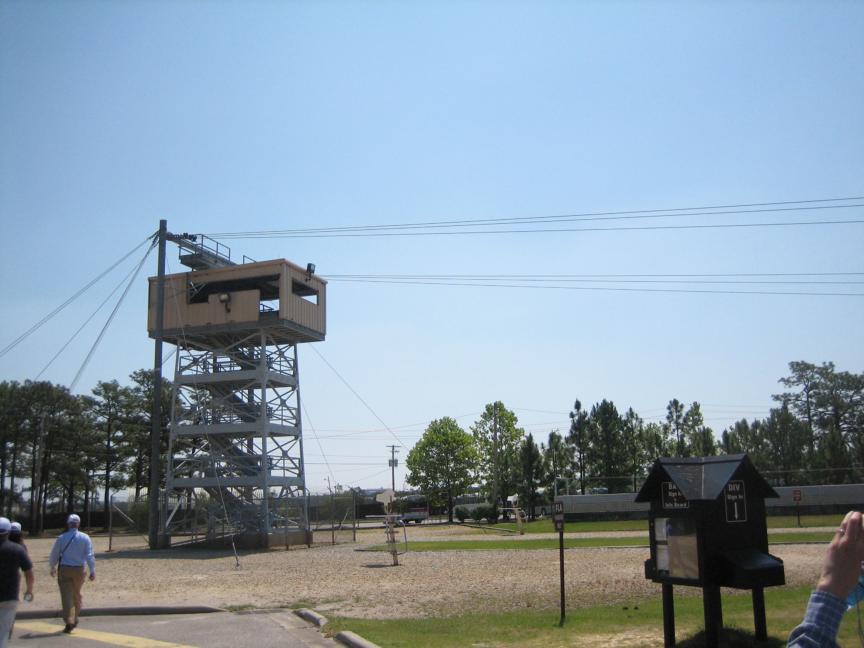


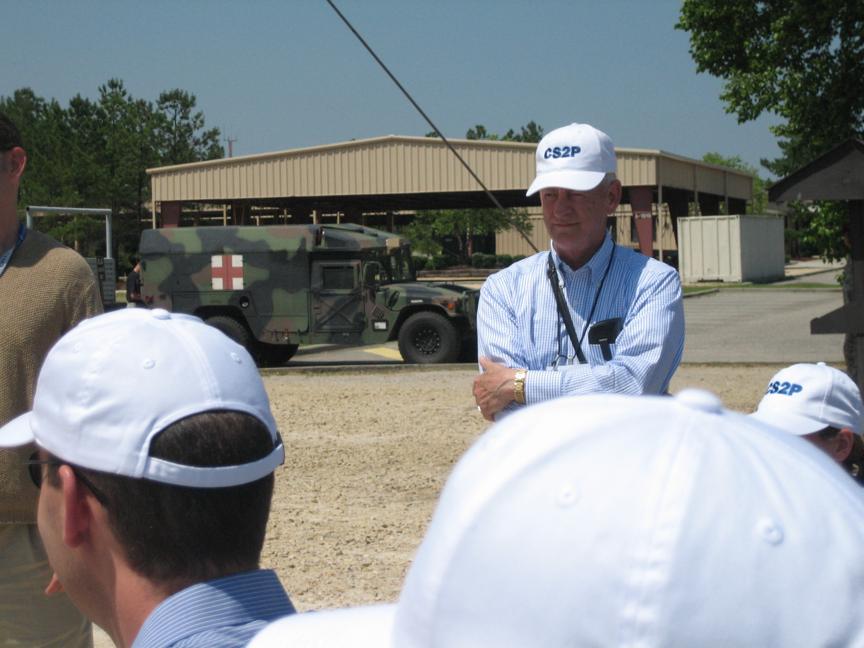



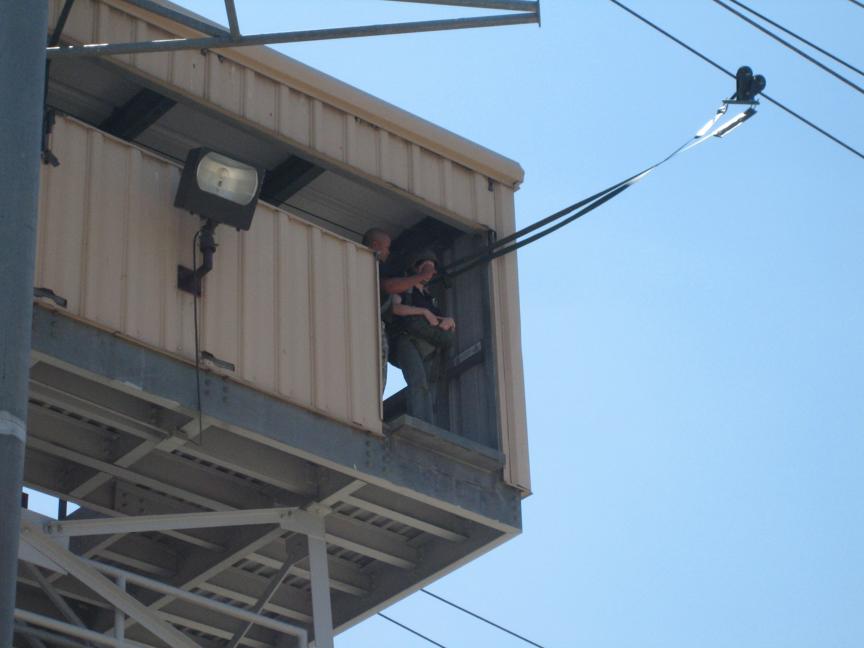


Unfortunately, the video of me jumping didn't come out, but you can see
basically the same thing here. Looks like a snap, but it feels a little
different when you're about to jump into free space.
For lunch, we had MRE's,
which were surprisingly tasty, though I wouldn't want to eat them every
day. Mine was "Chicken with noodles", with pineapple, crackers, M&M's,
and a vanilla shake. Only a small amount of water was required to
activate the "flameless ration heater"- pretty cool.


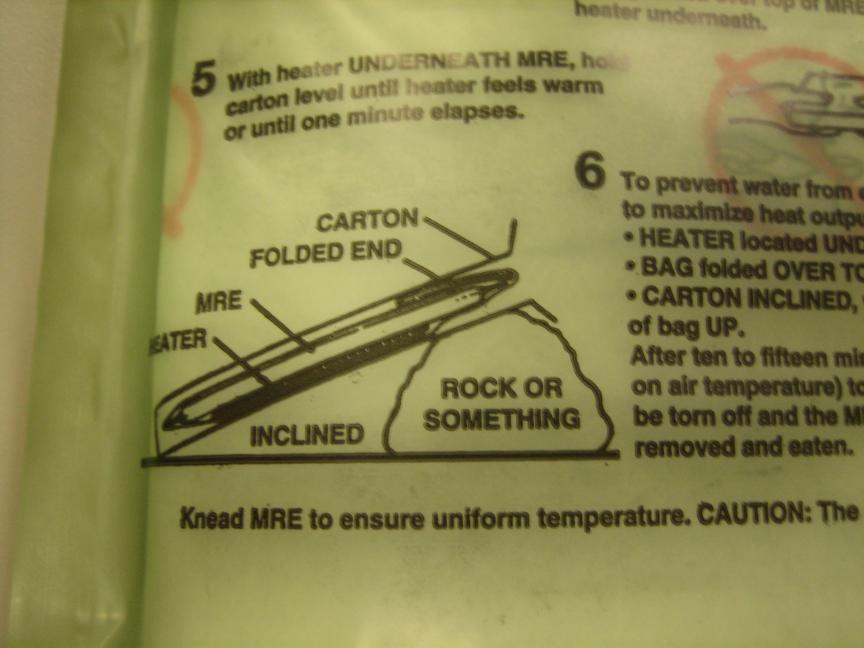

In the afternoon we got to hang out with some Black Hawk
helicopters, used for carrying troops and aerial assault.


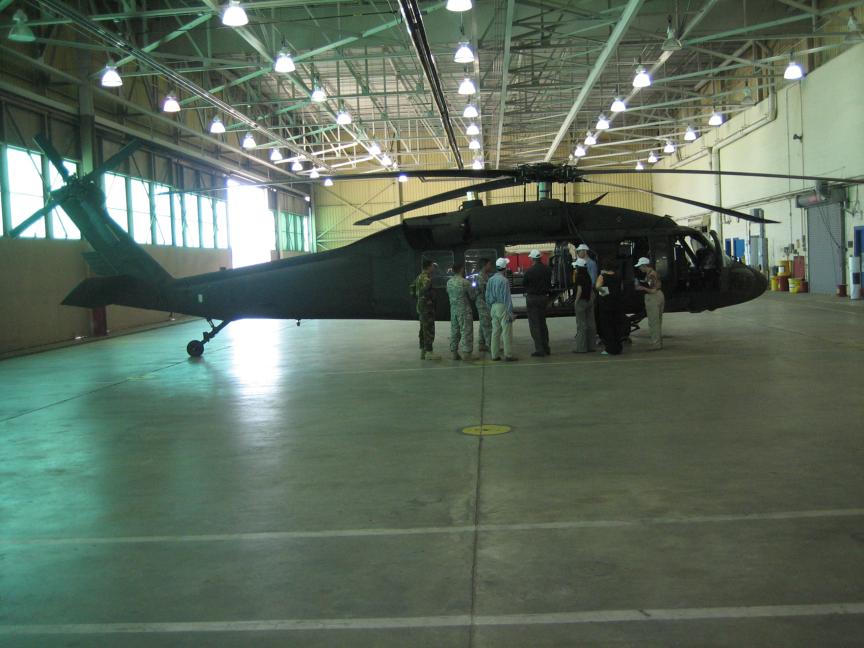












That afternoon we flew from Pope Air Force Base to Miami in the KC-135. It was very
exciting to watch the air-to-air refueling of three F-15's. We all got
to lie down on our stomachs in the boom
at the back of the plane and
watch as the boom operator lowered the nozzle into each plane's tank.
When not being fueled, the jets flew in station next to our plane, very close
by. It was really something!

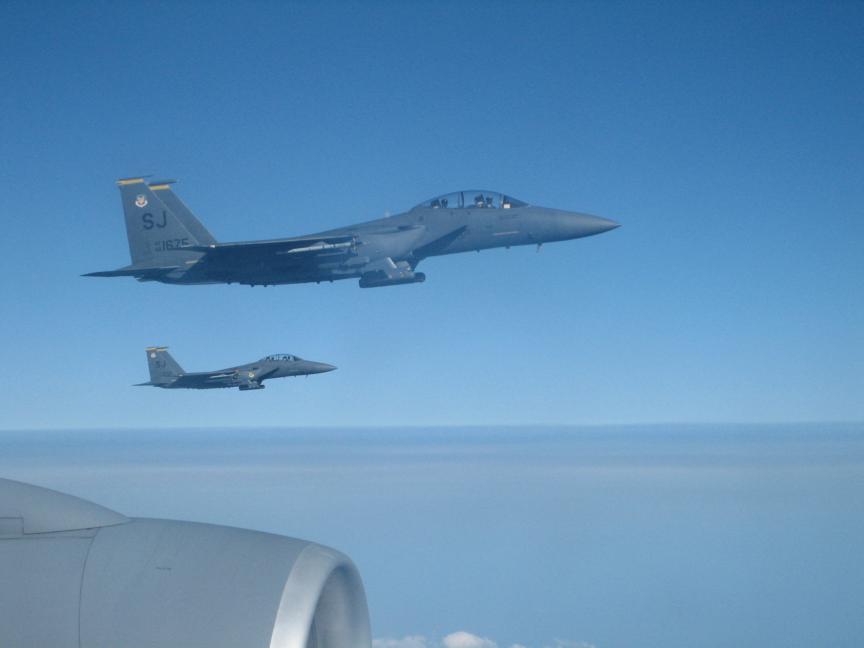










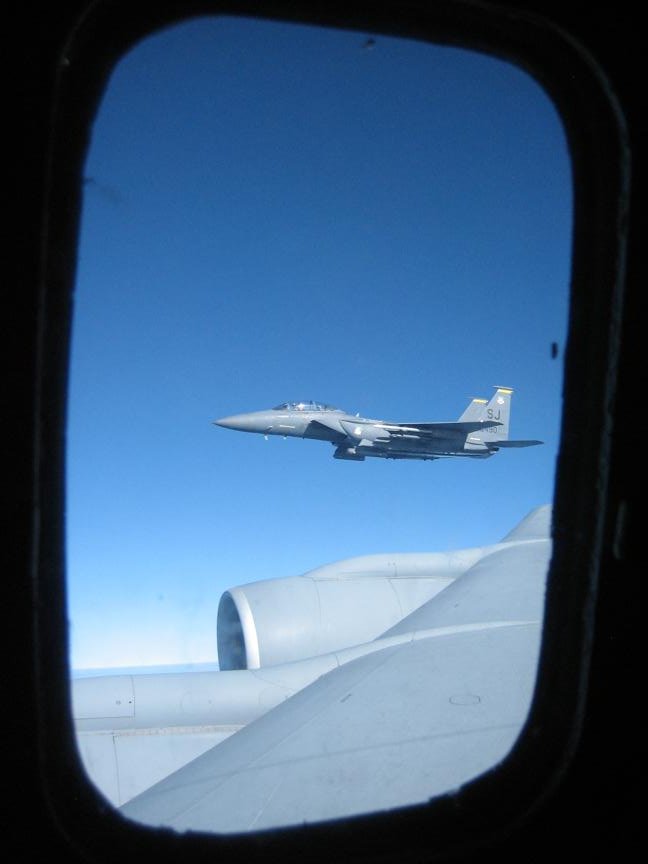

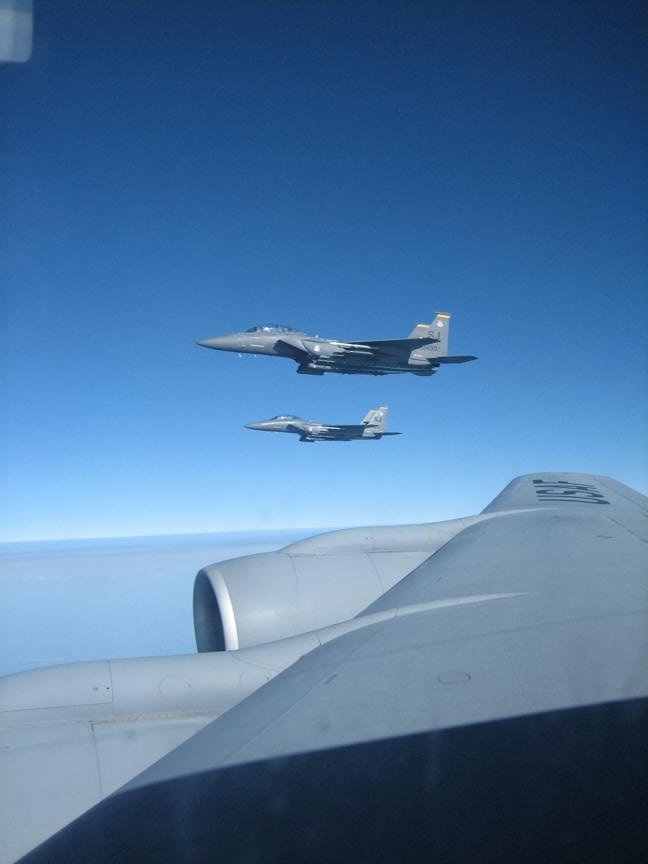


The next day we had briefings at the US Southern Command, responsible for operations in Central and South America.
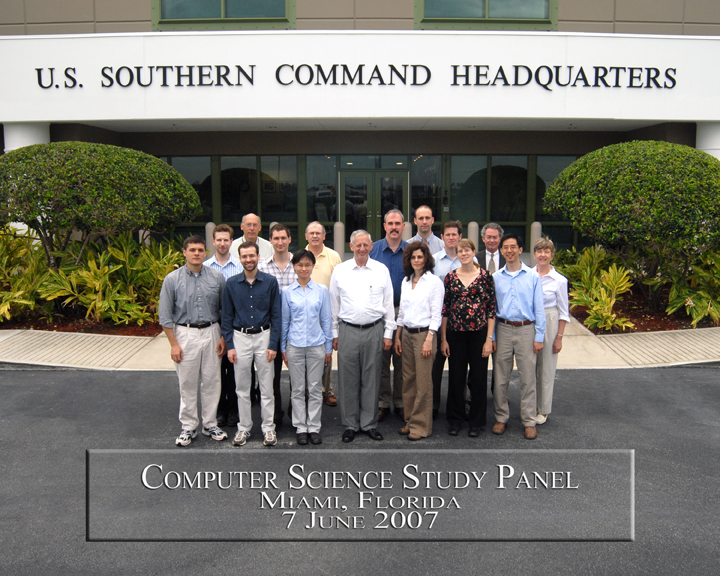
We then flew to Tampa in the KC-135. This time I got to be in the
cockpit for takeoff.




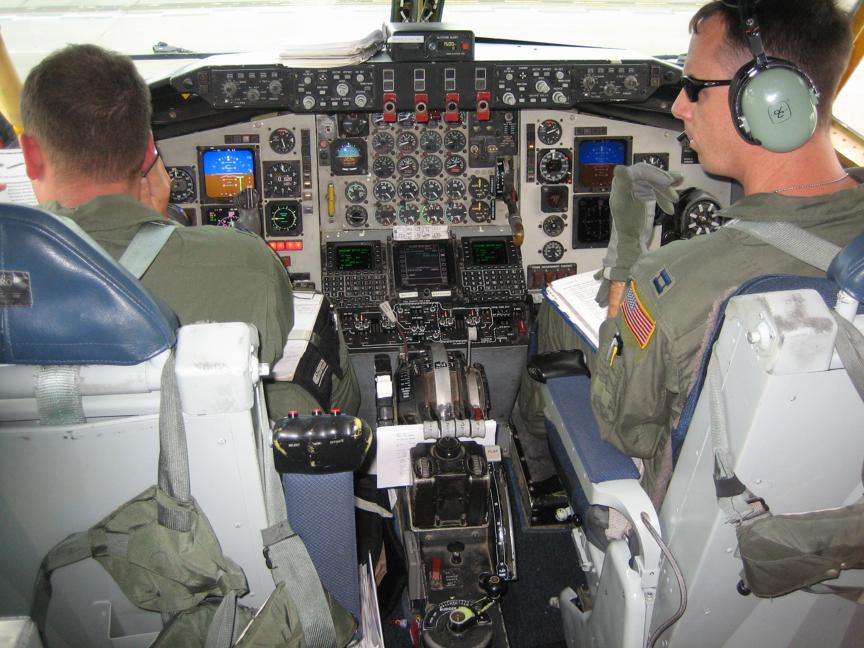



We rounded out the trip with briefings at the
US Special Operations Command and the US Central Command in
Tampa.